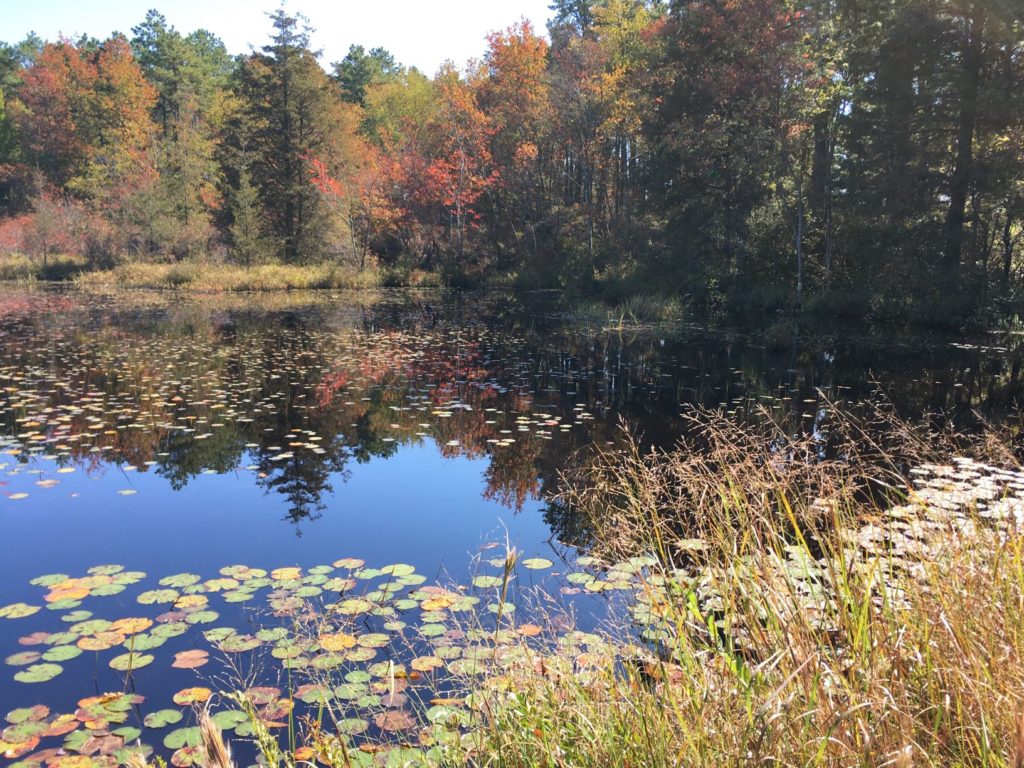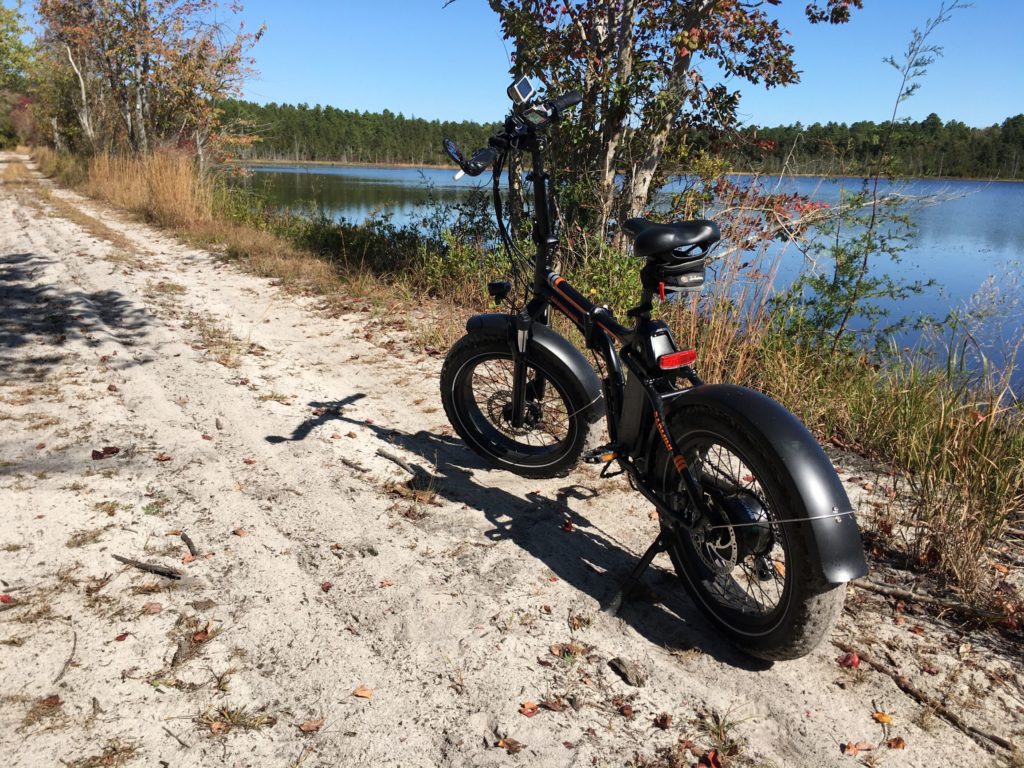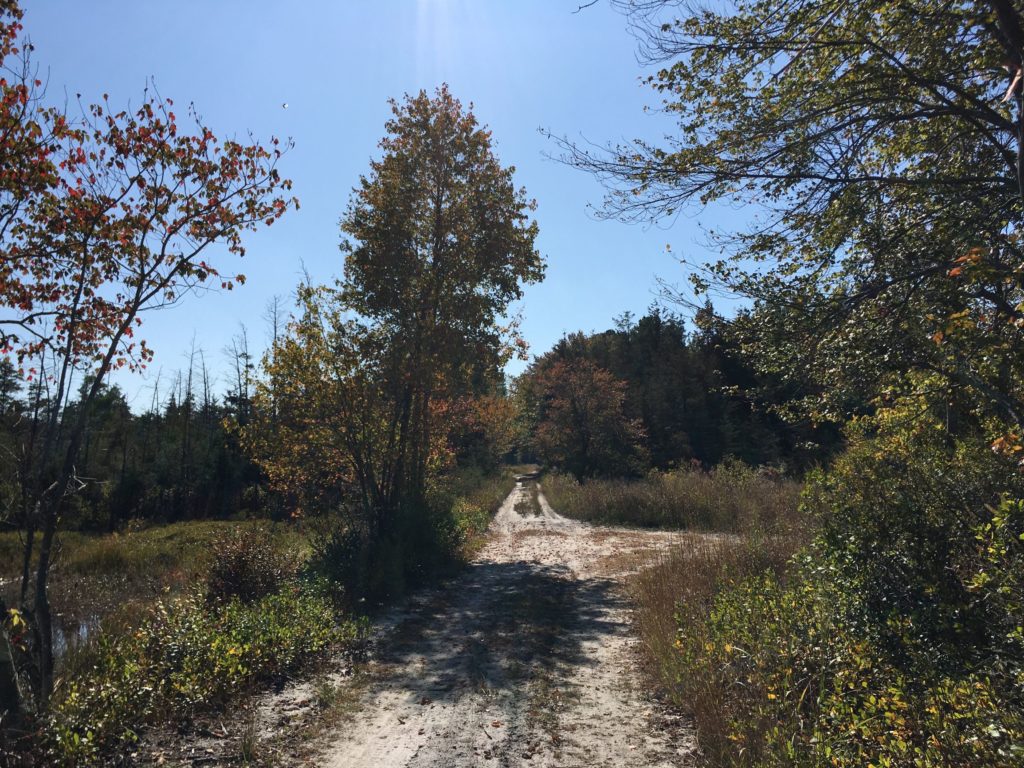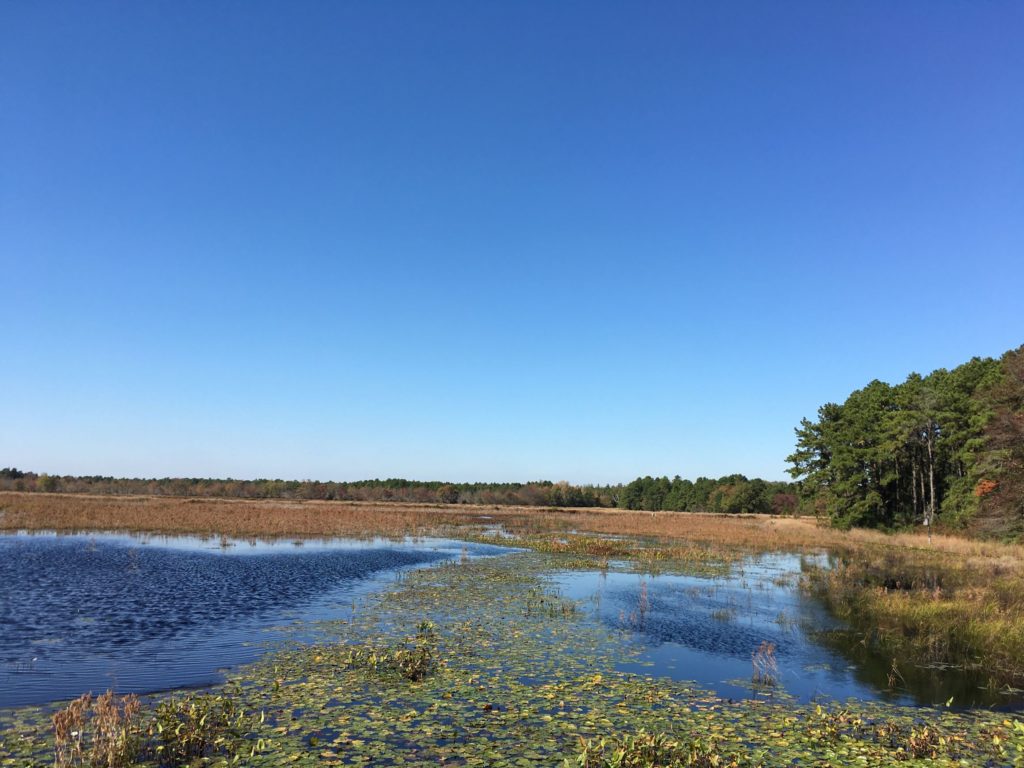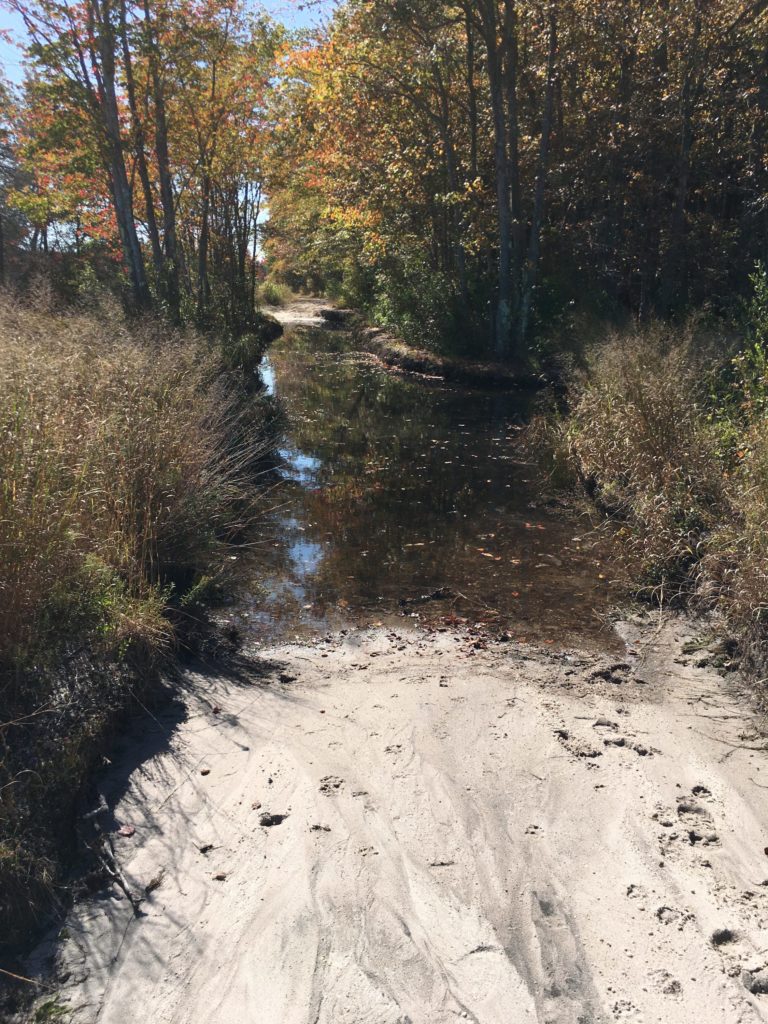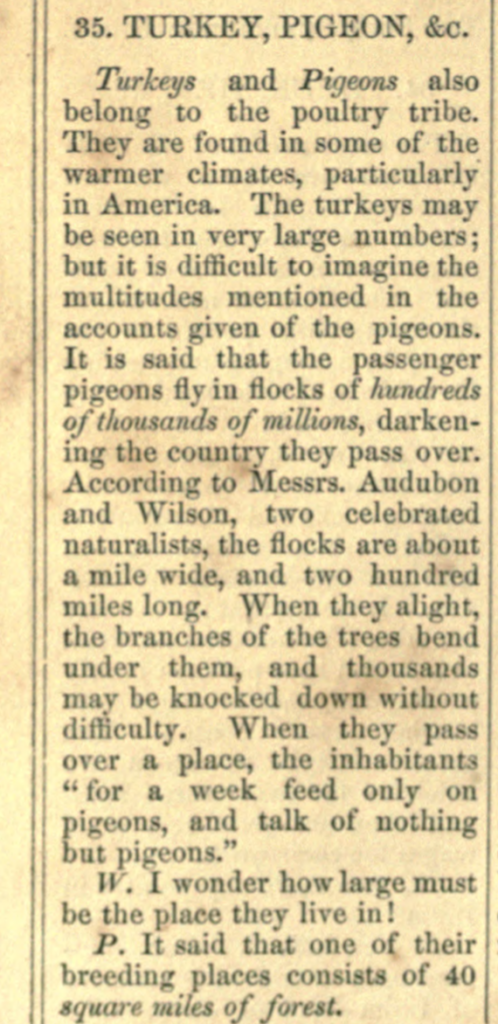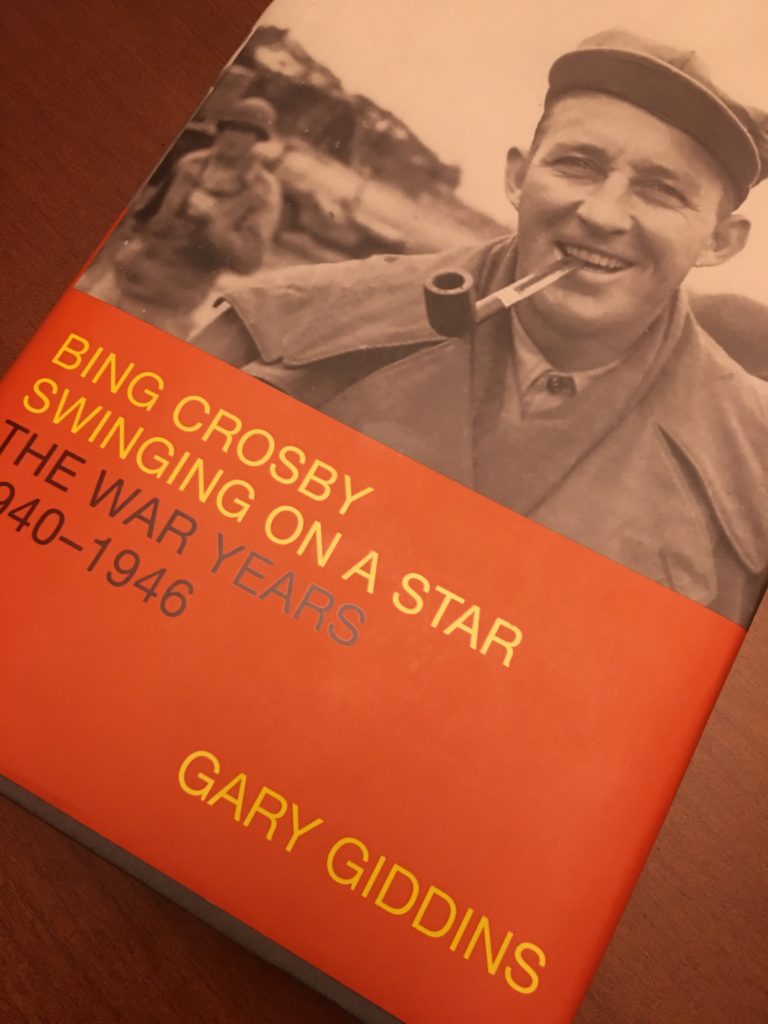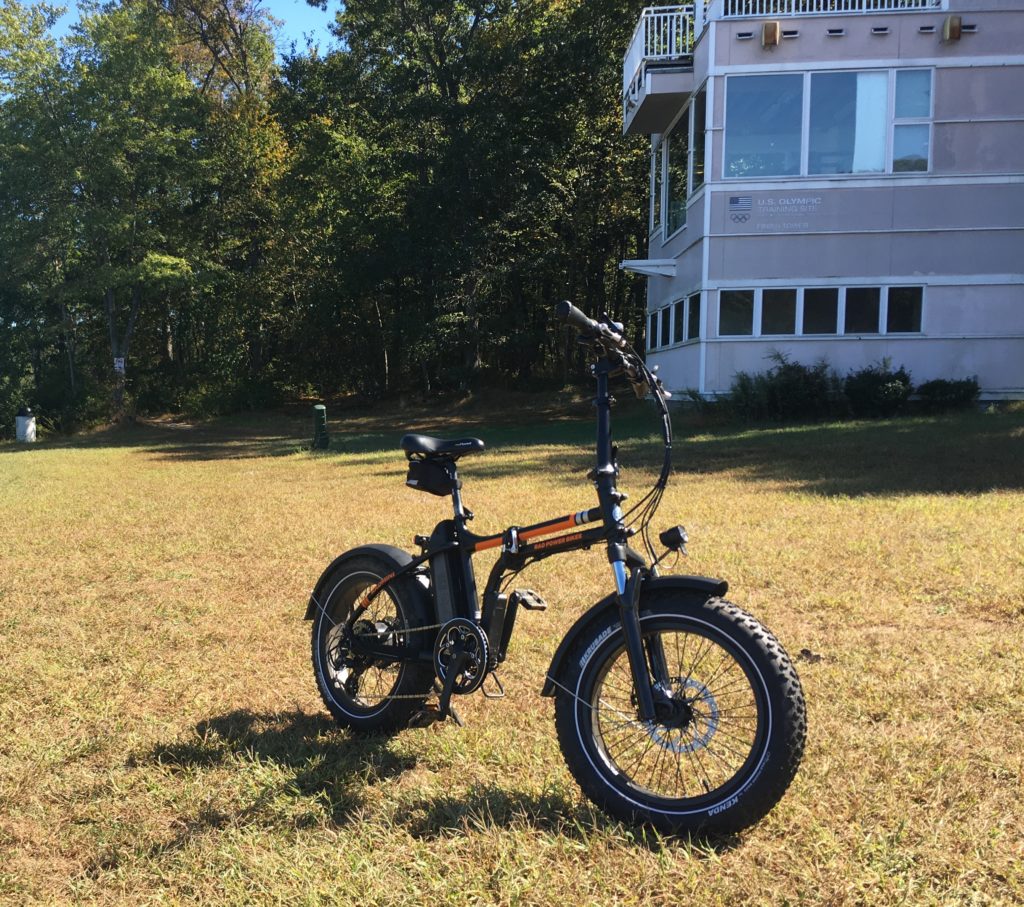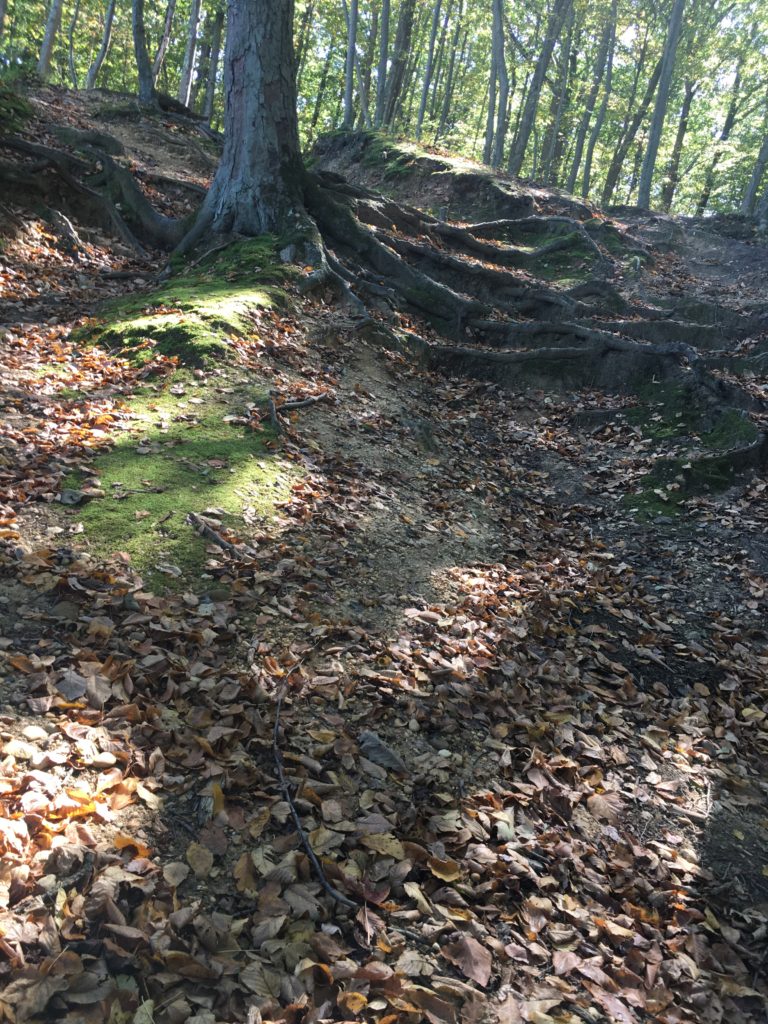If you’re getting tired of the same old Halloween songs like Monster Mash, Ghostbusters, and Thriller, here are three alternatives.
(It’s a) Monster’s Holiday should not be confused with Monster’s Holiday, which was Bobby “Boris” Pickett’s Christmas-themed sequel to Monster Mash. Buck Owen’s 1974 hit assembles the usual monster lineup, and throws in dragons for good measure.
When a ghost (or is it an alien?) tries to scare Jumpin’ Gene Simmons (no, not the Demon bassist from Kiss) out of the Haunted House he just bought, Gene doesn’t need to call Ghostbusters, he handles the situation himself.
Haunted House was written by record producer Bob Geddins and first recorded by Johnny Fuller in 1958. Simmons’ version was released in 1964.
The Greenwich Village Halloween Parade is the subject of Lou Reed’s 1989 song, which also serves as an elegy for people who died during the 1980s AIDS crisis.
Looking for more? Try Tain’t no Sin to Take off Your Skin or Batman, Wolfman, Frankenstein, or Dracula.
